Table of content
Cooking yellow millet, also known as glutinous broom corn or simply millet in some regions, is an art that balances patience, observation, and an understanding of the grain’s unique properties. Unlike rice or other common grains, yellow millet has a distinct nutty flavor and a slightly sticky texture when cooked properly. However, achieving this perfect consistency can be challenging, especially for those unfamiliar with the cooking process. This article aims to provide a comprehensive guide on how to determine if yellow millet is fully cooked, ensuring you enjoy a delicious and well-prepared meal.
Understanding Yellow Millet
Before diving into the cooking process, it’s crucial to understand what yellow millet is and its nutritional benefits. Yellow millet belongs to the grass family and is a staple food in many parts of the world, particularly in Asia and Africa. It is gluten-free, rich in dietary fiber, and contains essential vitamins and minerals such as magnesium, phosphorus, and B vitamins. Its nutty taste and creamy texture make it a versatile ingredient suitable for porridges, desserts, and even gluten-free baking.
Preparation Before Cooking
Before cooking yellow millet, proper preparation is key. Start by rinsing the grains thoroughly under cold running water to remove any dirt or impurities. This step is crucial as it ensures a cleaner final dish. Once rinsed, soak the millet in water for about 30 minutes to an hour. Soaking helps soften the grains, reducing cooking time and enhancing the final texture. Drain the soaked millet well before proceeding to the cooking stage.
Cooking Methods
There are several methods to cook yellow millet, including stovetop, rice cooker, and slow cooker. Each method has its own set of instructions, but the fundamental principle remains the same: you need to cook the millet until it reaches a tender, fluffy consistency.
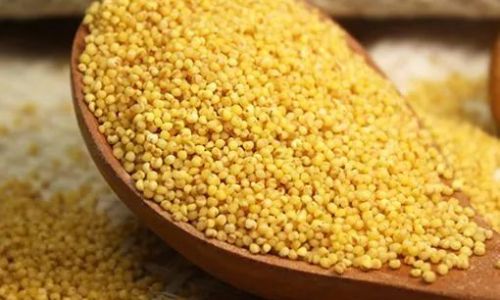
Stovetop Method
-
Ratio of Water to Millet: Use a ratio of approximately 2.5 to 3 cups of water for every 1 cup of millet. This ratio can be adjusted based on personal preference for a thicker or thinner porridge.
-
Bringing to a Boil: Place the rinsed and soaked millet in a heavy-bottomed pot with the measured water. Bring the mixture to a rolling boil over medium-high heat.
-
Reducing Heat: Once boiling, reduce the heat to low, cover the pot with a tight-fitting lid, and let it simmer. Avoid stirring frequently as this can disrupt the grains and prevent them from absorbing water evenly.
-
Checking for Doneness: After about 20-30 minutes of simmering, check the millet for doneness. Carefully lift the lid and peek inside. Fully cooked millet should be tender, with most of the liquid absorbed. If there’s still excess water, continue to simmer uncovered until it evaporates.
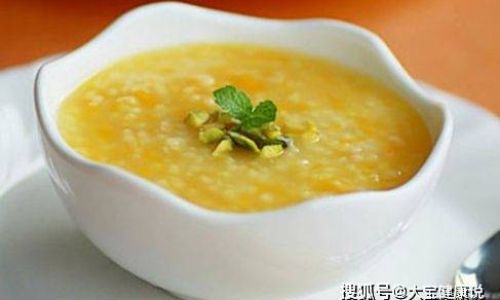
Rice Cooker Method
Using a rice cooker simplifies the process. Follow the same water-to-millet ratio, place the ingredients in the rice cooker bowl, and set it to the ‘white rice’ or ‘porridge’ setting. The rice cooker will automatically switch to keep-warm mode once the millet is cooked, ensuring it stays warm without overcooking.
Slow Cooker Method
For a hands-off approach, the slow cooker is ideal. Again, use the recommended water-to-millet ratio, add the ingredients to the slow cooker, and set it to low. Cook for about 4-6 hours, depending on your slow cooker’s efficiency and your preferred texture.
Determining Doneness
Now, let’s delve into the specifics of how to determine if yellow millet is fully cooked. There are several indicators to look for:
-
Texture: Cooked millet should have a tender, fluffy texture. When you taste a grain, it should easily mash between your teeth without any resistance.
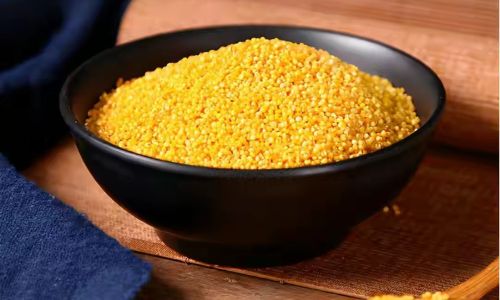
-
Appearance: The grains should appear plump and slightly shiny, with no hard centers. If you see any dry or crunchy bits, the millet needs more cooking time.
-
Moisture: Most of the cooking liquid should be absorbed. If there’s still a significant amount of liquid left, continue cooking until it evaporates. However, be cautious of overcooking, which can make the millet mushy.
-
Flavor: Fully cooked millet has a nutty, slightly sweet aroma and flavor. Uncooked or partially cooked millet may have a raw, grassy taste.
Tips for Perfect Yellow Millet
-
Stirring: Though it’s best to avoid stirring too much during cooking, a gentle stir halfway through can prevent sticking and ensure even cooking.

-
Soaking: As mentioned, soaking can significantly reduce cooking time and improve texture.
-
Water Temperature: Using boiling water instead of cold can also speed up the cooking process.
-
Resting: Once cooked, let the millet sit covered for about 5-10 minutes. This resting period allows the grains to absorb any remaining moisture and firm up slightly, enhancing the final texture.
Conclusion
Cooking yellow millet may require some trial and error, but with the right techniques and understanding of its cooking process, you can achieve a perfect, fluffy, and nutritious dish. By paying attention to texture, appearance, moisture content, and flavor, you can confidently determine when your yellow millet is fully cooked. Whether you’re making a hearty porridge, a gluten-free side dish, or a delicious dessert, mastering the art of cooking yellow millet will undoubtedly elevate your culinary experiences. Enjoy your culinary journey with this versatile and nutritious grain!
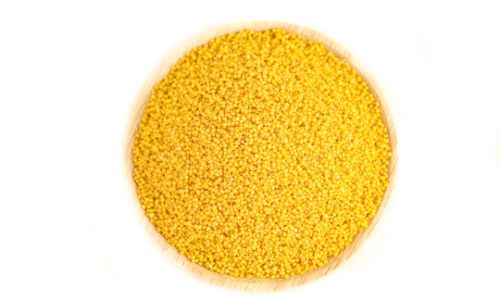
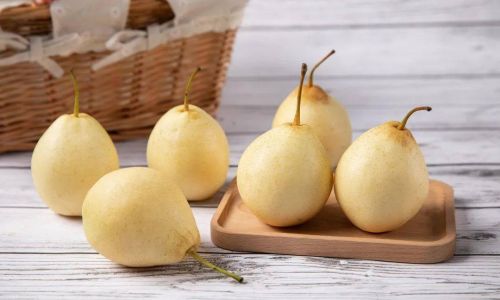
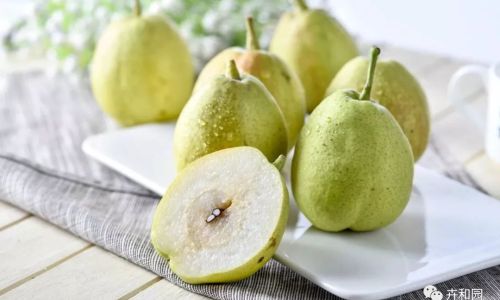
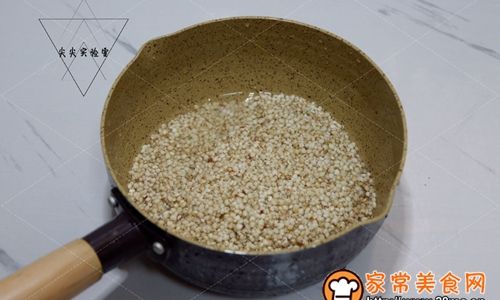

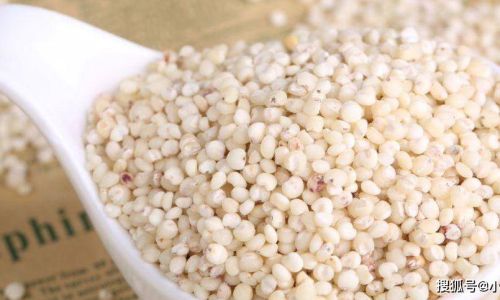
0 comments